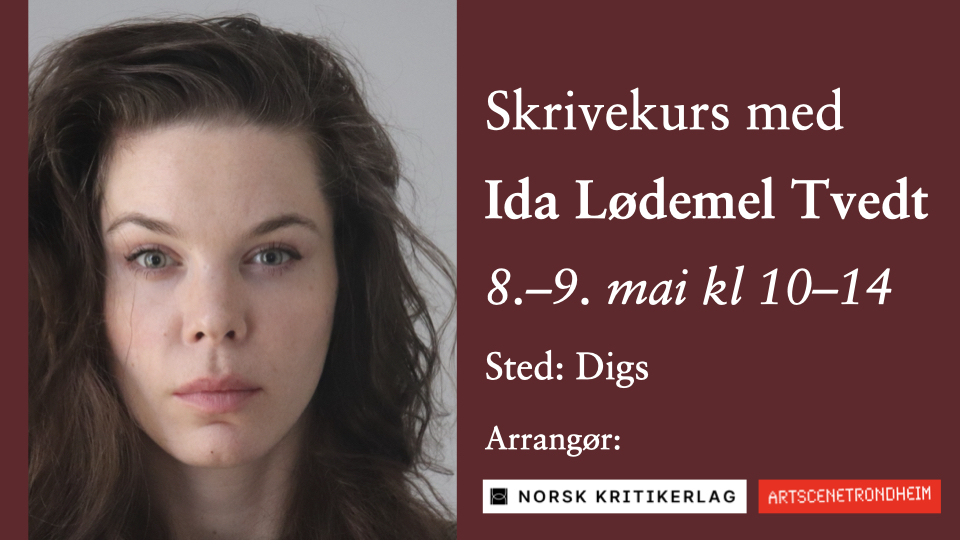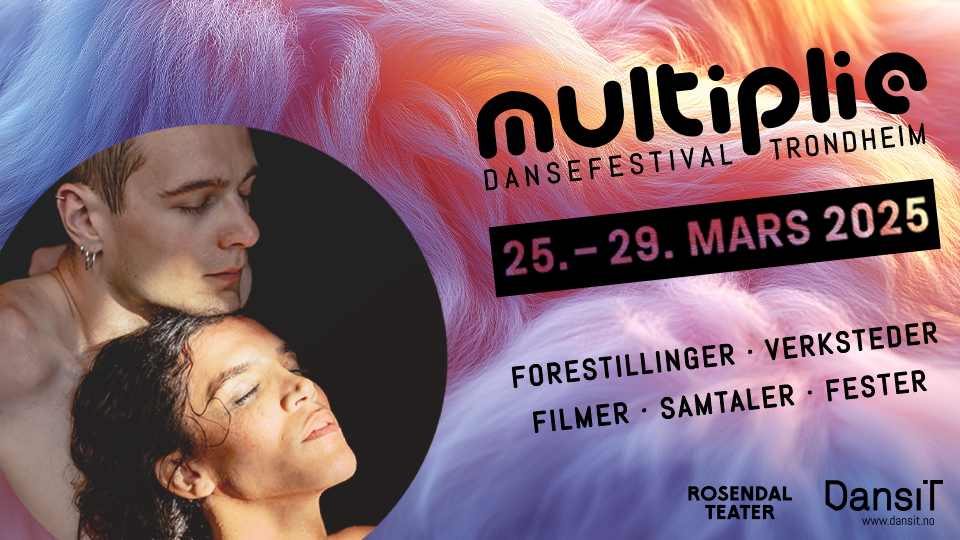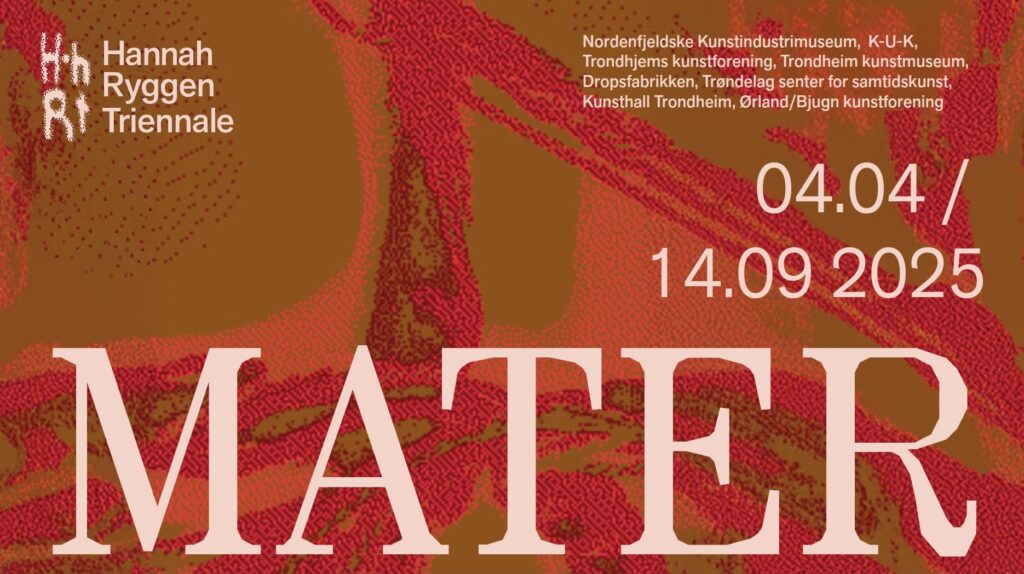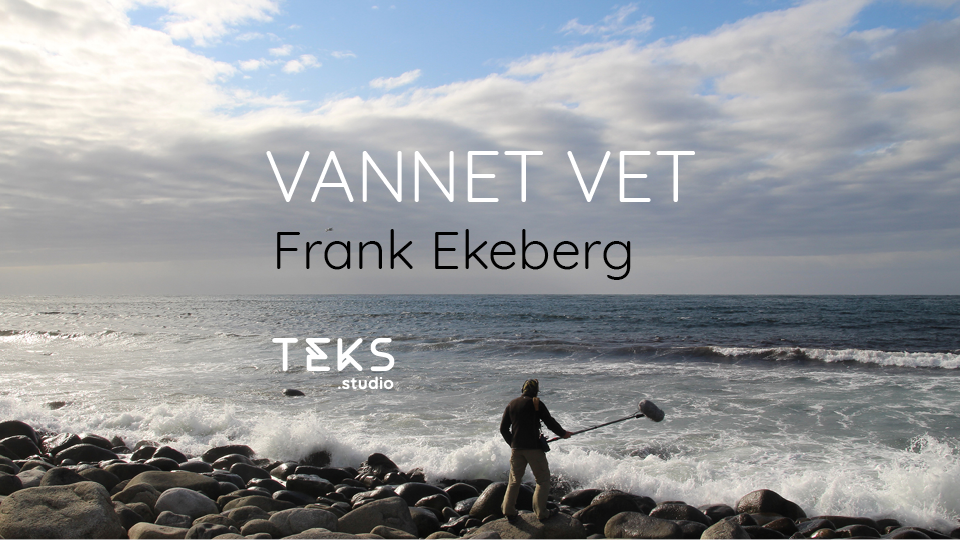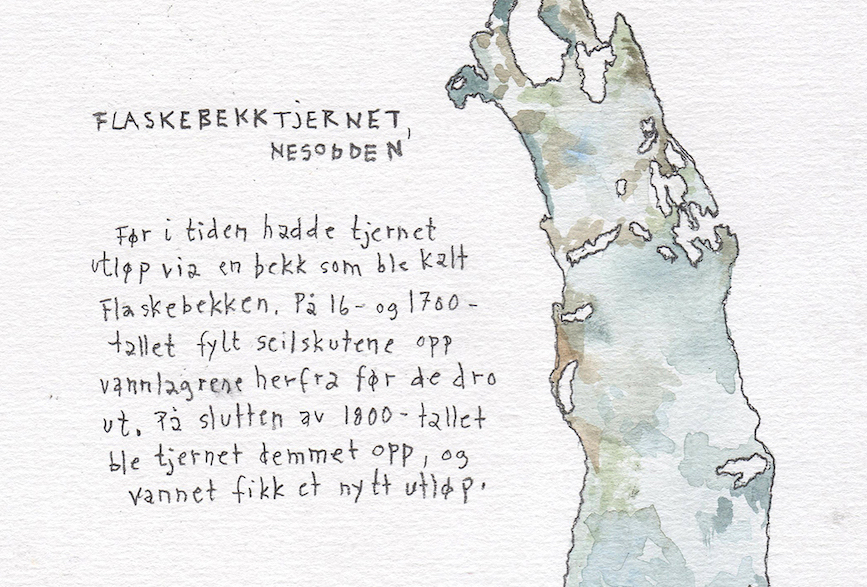The Eastern G(l)aze
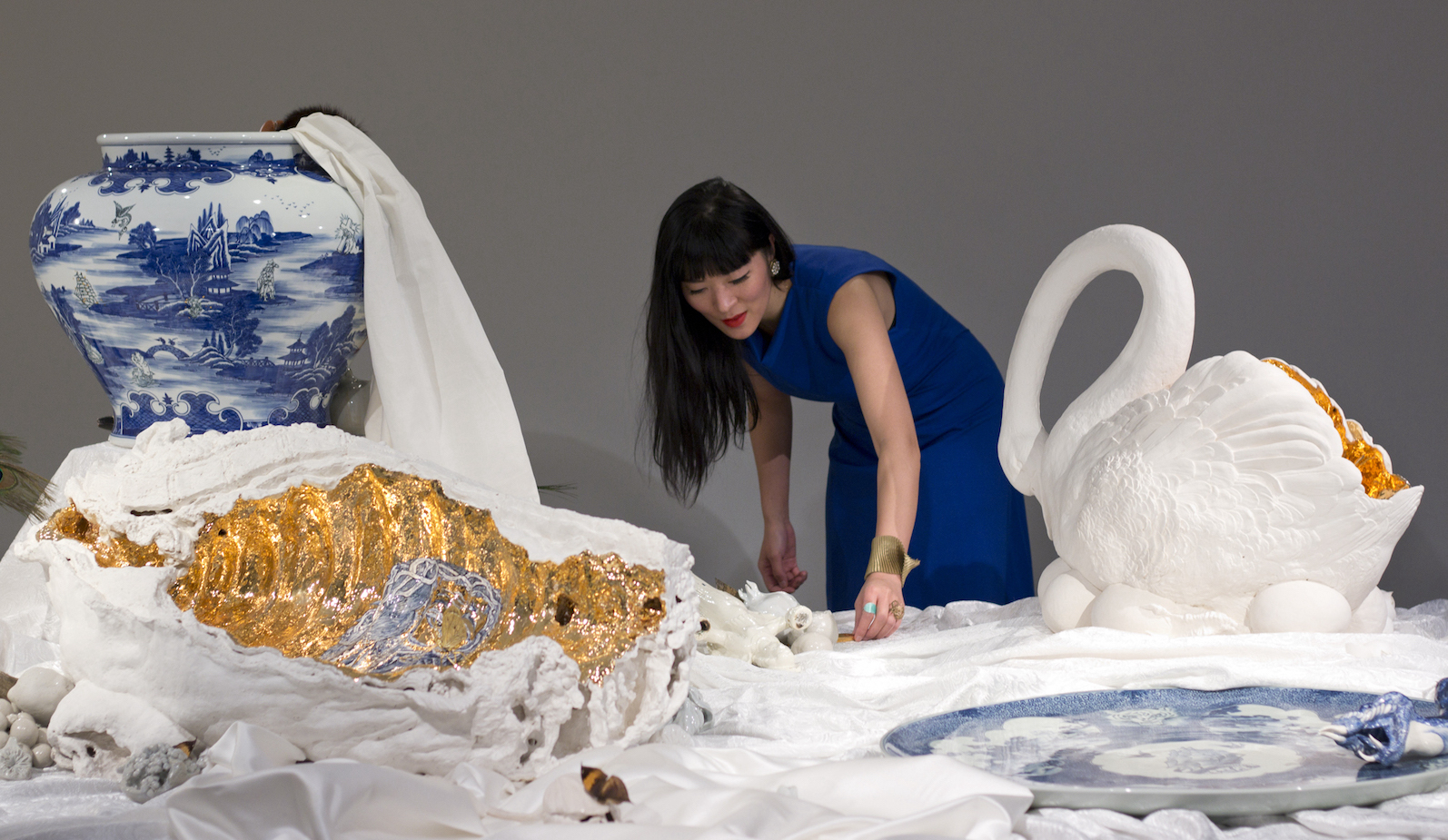
Interviews, Intervju, Märit Aronsson-Towler 01.03.2022
När Lin Wang kom från Kina till Norge blev kulturchocken utgångspunkten för hennes arbete som konstnär. Genom porslinet undersöker hon hur väst och öst sett på varandra under århundraden som gått, och hur vi ser på varandra idag. Just nu ställer hon ut på Trøndelag Senter for Samtidskunst, jag mötte henne där mitt under monteringen:
Märit: Tell me about your ongoing project Exotic Dreams and Poetic Misunderstandings!
Lin: When I came from China to Norway in 2014 and started at Bergen Academy of Art and Design, I got an immense culture shock. It became clear to me how we see other cultures through filters, and that it’s difficult to get behind the stereotypical images of foreign cultures, which we get served through mass media. I find this very interesting, and it became important for me to try to articulate it, which I then did through art and my sculptures. We misunderstand each other many times, but cross points exist where one meets and shares common threads of history. That’s what I call poetic misunderstanding. I don’t judge, I just observe it.
Do you have an example of a poetic misunderstanding?
Yes. Hundreds of years ago, when porcelain craftsmen from China were asked to work for Christian churches in Europe, they didn’t really know how Jesus was depicted. He ended up looking like a monk with angel’s wings, an Asian face and a big Western nose. This is similar to how we interpret the news nowadays, because we filter what we see or read about other cultures through our different cultural backgrounds.
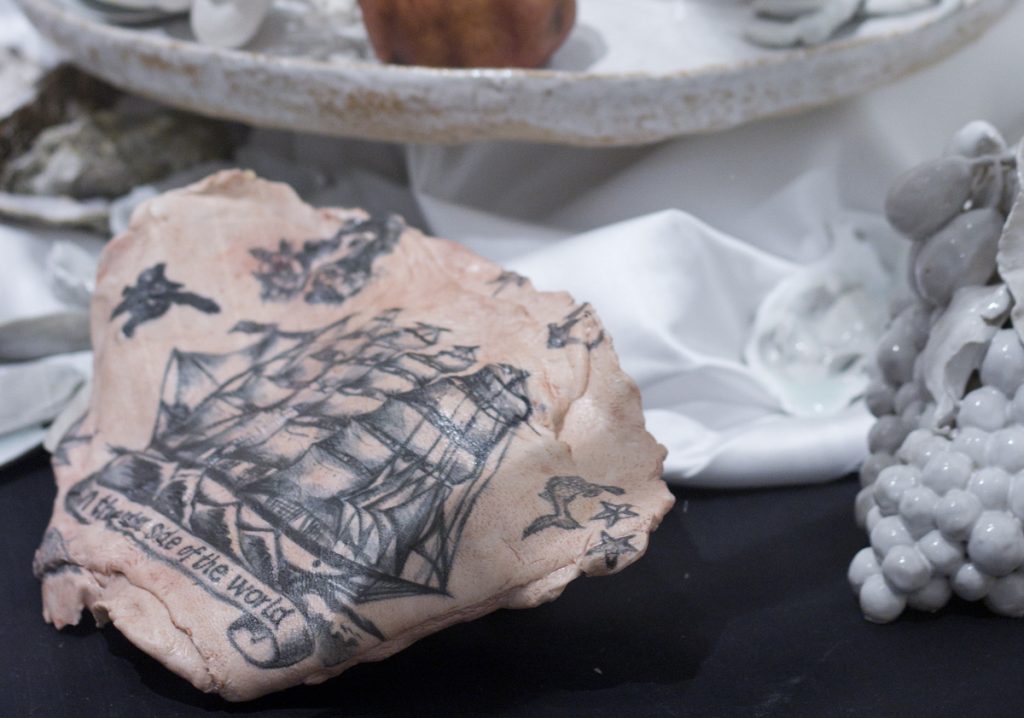
Porcelain seems to connect distant cultures?
The white porcelain with cobalt blue decorations, for example of landscapes, flowers and dragons, seems to resonate well here in Norway. It’s been a part of European culture since the sixteenth Century, when Portuguese and Dutch traders started large-scale import to Europe from China. It is also my mother tongue, since I grew up in a city famous for its porcelain industry.
I’ve implemented the traditional visuals of the Chinese landscape in my works, in a simplified and exaggerated manner. It has lost its scale, just like when you are far away and objects have lost their context. It is lost in translation. When the Persians came to China with cobalt in the 13-14th century, and ordered porcelain with illustrations of exotic Asian landscapes, the Chinese embraced it and blended it into their porcelain culture. So the aesthetic of the blue patterns were originally made for the foreign markets. The traditional Chinese porcelain has celadon glaze, which is white or light green without any pattern. It looks very contemporary Scandinavian, actually; clean and minimalistic.
Nowadays, China is a super power in, for example, manufacturing and exporting so many different products.
Yes, that is a new kind of silk road. So my project is not only looking into history, it also reflects on what is going on right now.
But you don’t consider yourself to be a ceramic artist?
No. I’m trained in classical sculpture. I went to one of the two major art academies in China. We studied anatomy, and were surrounded by Greek and Roman classical sculptures. We really looked up to these athletes, philosophers and kings, with well built bodies, being confident and smart. My aesthetics and way of looking at the world are very much formed by studying these foreign figures, which was something I never reflected so much on, until I moved to the West. I asked myself why did I learn this foreign system? Where is my own culture in all this?

Did you come to any conclusion?
Well, that’s my ongoing research. The West became the world’s center of gravity in the 16th century. Since then, Western civilization has profoundly influenced the modern history of the whole world. For example, someone asked me ‘What is your ideal man’? So I made a sculpture called Prince Charming. It’s clearly an ironic piece, made as a comment to my upraising with a vague impression of the Western “charmers”. The piece is a humorous mix between a religious figure, Saint John, and Disney’s Prince Charming. In China, the ideal family presented in commercials is a white, happy family with a mother, father, son, daughter and a dog. That’s the family a Chinese citizen should dream of. I’m very curious about why we have ideals so far from ourselves.
In my practice, I use highly trained techniques as my language, but I twist it. So I use my knowledge in classical sculpture to create kitsch, in a way. I have picked a tattoo motif common amongst sailors, and made the sculpture The Globe Girl. She has no trace of correct anatomy. That’s also what has happened when this motif has been copied so many times, as a tattoo. For every time she is drawn, she gets more and more distorted. Globe Girl is my favourite tattoo; she is so confident, beautiful, owns the world, and is the essence of erotic fantasies of the sailors. She is also a metaphor for all these small made in China figures, for example cute girls with cats or fruit baskets. Most of them are made in my hometown in China and exported to Holland.
Talking of tattoos, they are very present in your works?
I’m obsessed with sailor’s tattoos, because they represent basic human longings. When you’ve set sail and are far away from home, you tattoo what you long for the most; your wife, mama, a lady, the flag of your home country … A few hundred years ago, only sailors did long distance travel. They had the privilege of living two lives; a free life on board the ship, and another life back home. Not belonging to one world, but two. I have a different experience of living in two cultures at the same time. I had to cut off some of the old Chinese part of me, and through that I gained something new that enables me to integrate here. I’m embracing this part. I don’t want to be Norwegian or Chinese, but something in between.
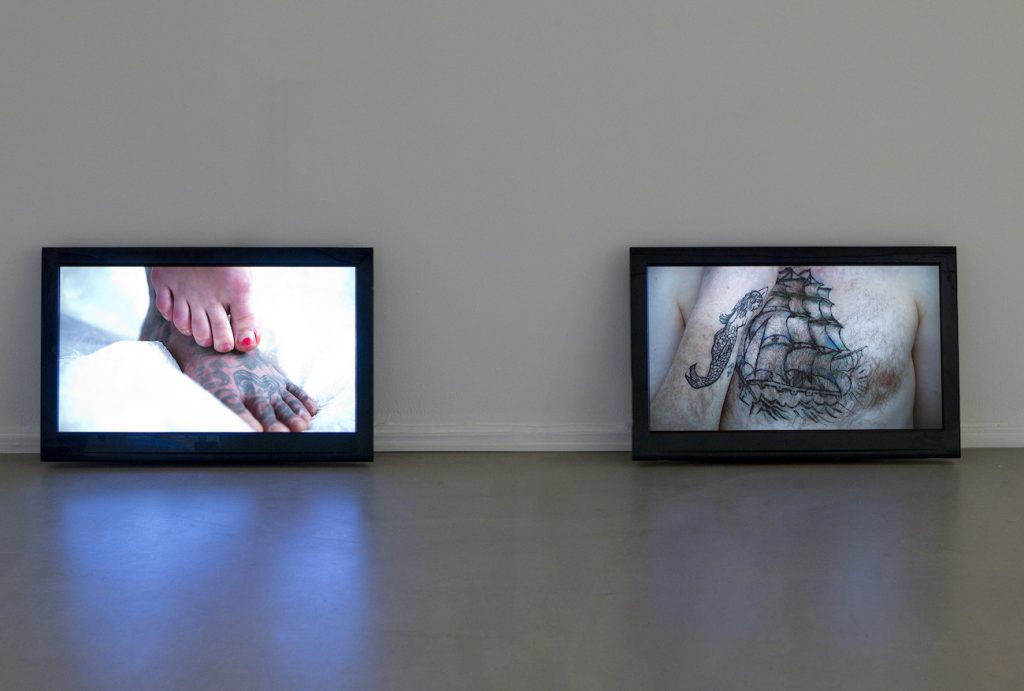
Do you feel that you lost your own culture?
No, I wouldn’t say lost, only lost in translation. It has given me the opportunity to observe both cultures from a distance. You don’t see the mountain you live in, until you leave it. Living here has triggered my curiosity to look back at my Chinese culture. But if I would start to make something oriental or Chinese looking now, it would be artificial. The only thing I can do is to flip the perspective. That’s my job.
How is your work perceived in China?
I haven’t shown it there, because it wouldn’t work. I would need to use another language. I have established my artistic career in Norway, and my target audience is here in the West. But of course, I’m curious about how the audience would react to my works if I had an exhibition in China.
Lin Wang
Exotic Dreams and Poetic Misunderstandings
24. februar–27. mars 2022
Trøndelag Senter for Samtidskunst
